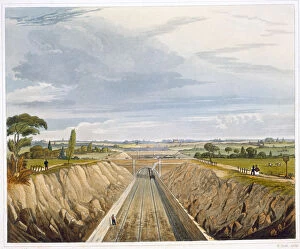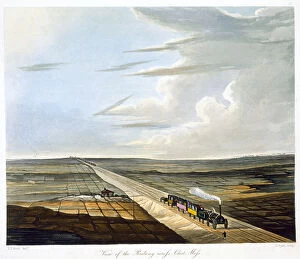Henry Pyall Collection
Henry Pyall was a versatile artist who captured various aspects of life in the 19th century
All Professionally Made to Order for Quick Shipping
Henry Pyall was a versatile artist who captured various aspects of life in the 19th century. Born on the 27th of March, 1825, he had a keen interest in both naval and military forces. His artistic talent led him to create remarkable works that depicted scenes from Burma, showcasing his ability to bring distant lands to life. One of Pyall's notable creations is "The Celebrated Tom Thumb, " which dates back to around 1830. Although the creator remains unknown, this piece demonstrates Pyall's fascination with capturing unique characters and their stories. In 1831, Pyall turned his attention towards architecture and nature as he portrayed the Bedford Conservatories terrace at Covent Garden Market in Westminster, London. This artwork showcases his meticulous attention to detail and mastery of perspective. Pyall also ventured into documenting significant landmarks such as "The new General Post Office" located in the City of London during the same period. His depiction highlights not only his technical skill but also provides insight into how communication systems were evolving during that time. Another masterpiece by Henry Pyall is "The Tunnel, " which portrays Liverpool and Manchester Railway in 1833. Through this artwork, he captures the excitement surrounding railway development while emphasizing its impact on connecting cities like Liverpool and Manchester. Pyall's passion for railways continued with pieces like "Taking in Water at Parkside" and "View of the Railway across Chat Moss. " These artworks showcase not only his ability to capture landscapes but also highlight important moments within railway operations. Additionally, Pyall delved into transportation beyond railways with works such as "Coaches employed on the Liverpool and Manchester Railway" from 1831. This piece offers a glimpse into alternative modes of travel during that era. Later on, around 1840, Henry Pyall explored steam carriages through his creation titled "London and Bath Steam Carriage. " This artwork exemplifies his adaptability as an artist while reflecting the advancements in transportation during that time.














